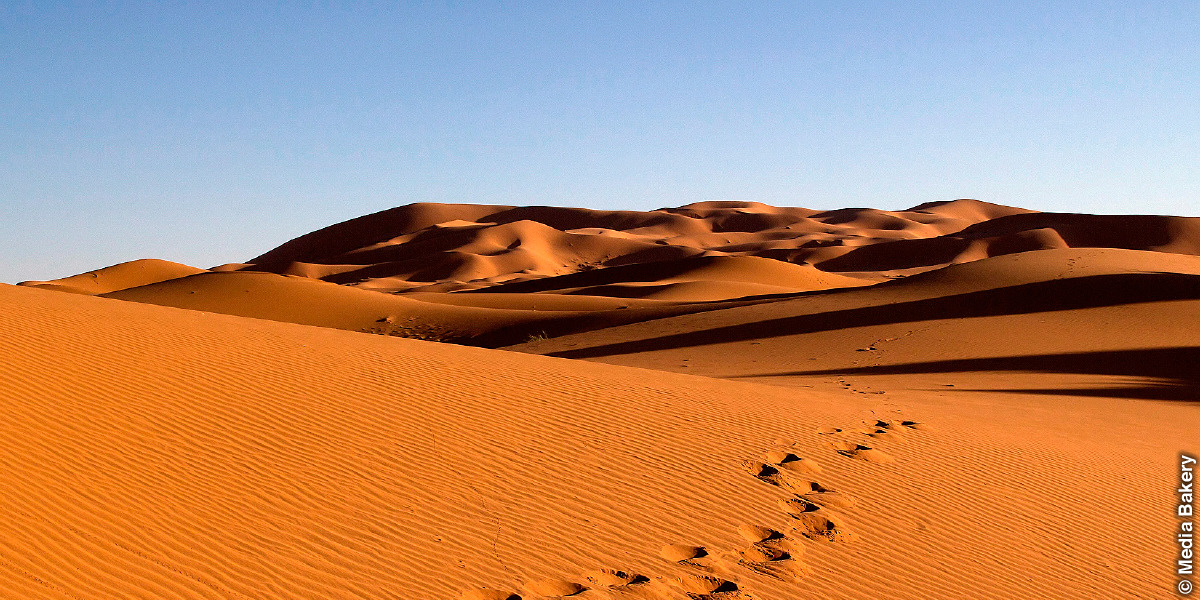Although the earth produces clean air,
nourishing food, and fresh water, humans are increasingly disrupting these
natural processes. Scientists are desperately seeking solutions to reverse this
trend.
Australia
It is estimated that as much as 120,000
cubic miles (500,000 cu km) of low-salinity water lies beneath the floor
of the world’s oceans. “The sea level was [once] much lower than it is today,”
says Vincent Post of Flinders University in Adelaide, so the coastline was
farther out. At that time, rain would “fill up the water table in areas that
are nowadays under the sea.” Scientists hope that these undersea reserves may
in time help some of the over 700 million people who have limited access
to clean water.
Sahara Desert
Half the large animal species once found
in the Sahara have either disappeared or are now confined to only
1 percent or less of their original range. Regional instability and
widespread hunting are only partly to blame. Although the biodiversity of
deserts rivals that of forests, researchers say that “the lack of scientific
attention given to desert biodiversity is mirrored by a lack of financial
support.” As a result, it is difficult for conservationists to monitor
endangered desert ecosystems.
World
It has been estimated that 1 in 8 deaths
in 2012 occurred as a result of air pollution. According to the World Health
Organization, “air pollution is now the world’s largest single environmental
health risk.”
